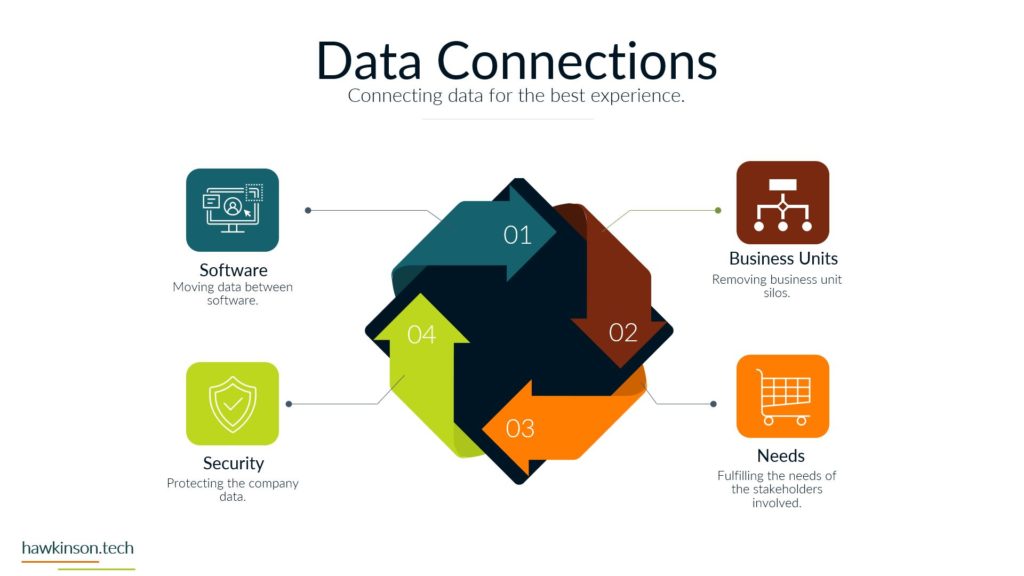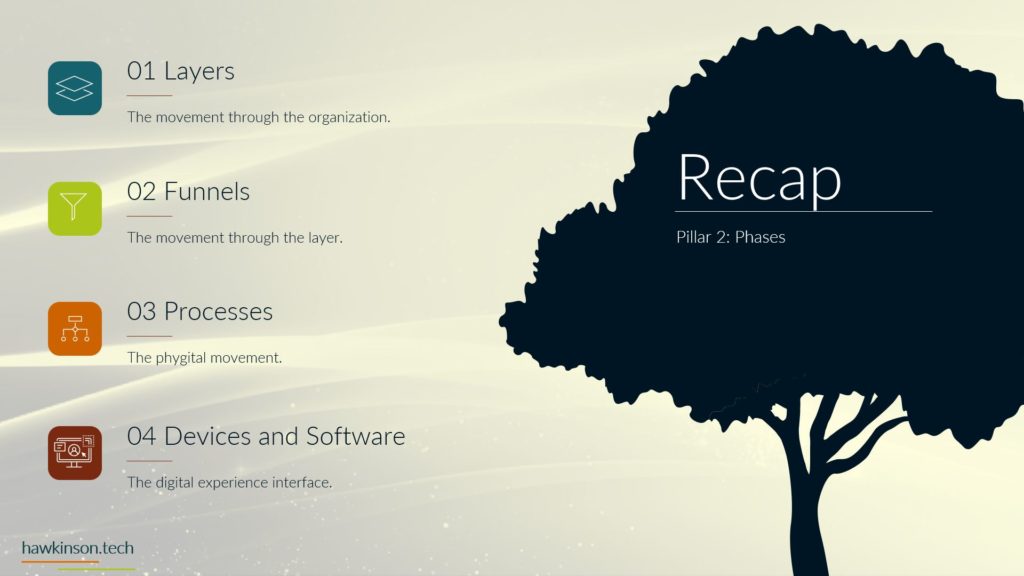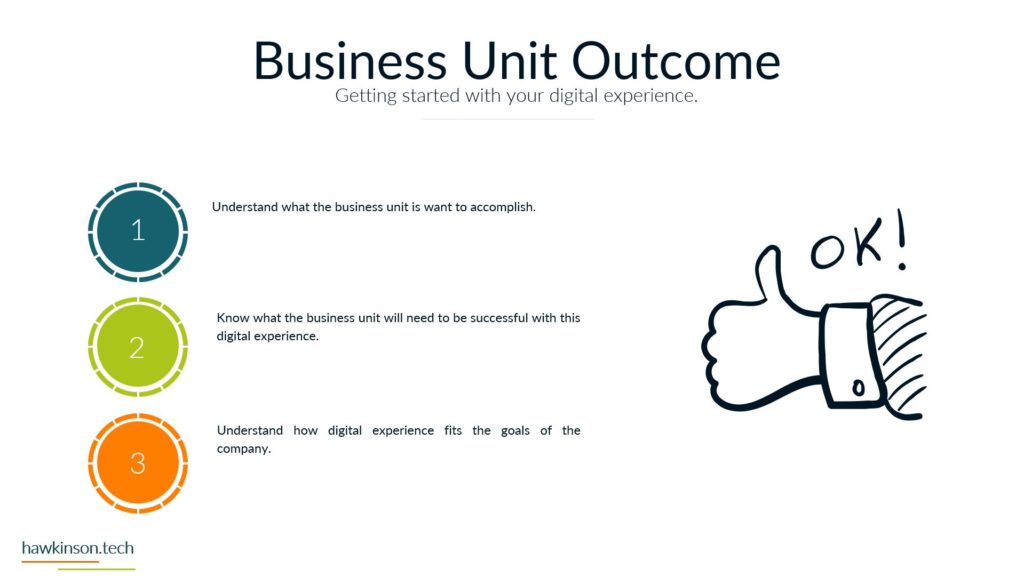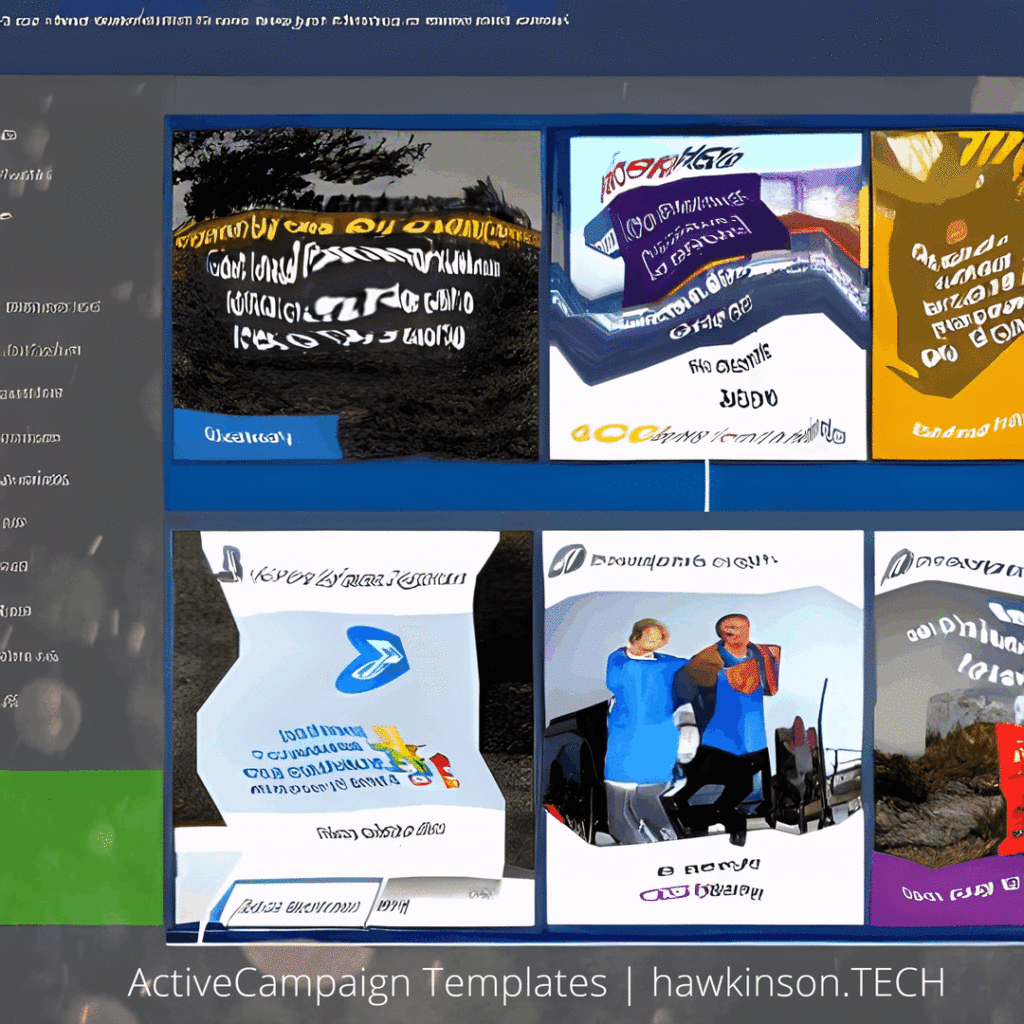This article will delve into the critical role of stakeholders and their profound impact on a company’s overall digital experience. By gaining a deep understanding of stakeholders, their diverse needs, and their relationship with the organization, businesses can create exceptional digital experiences that drive success and customer satisfaction. Let’s explore the key sections that will guide us through this journey.
Internal vs. External Stakeholders: Unveiling the Dynamics
In the digital realm, organizations interact with two main types of stakeholders: internal and external. Internal stakeholders include employees across all levels, from sales representatives and support staff to executives and the CEO. These individuals form the organization’s backbone and play a vital role in shaping its success. On the other hand, external stakeholders encompass customers, clients, suppliers, and potential employees who engage with the company from the outside. Understanding the dynamics between internal and external stakeholders is crucial for optimizing digital experiences to meet their distinct needs. This section will uncover the unique contributions and perspectives of each stakeholder group.
Lenses – Shaping Stakeholder Perceptions
Each stakeholder brings their lenses, encompassing their thoughts, heuristics, and perspectives. These lenses profoundly influence how stakeholders perceive and interact with an organization. Recognizing and understanding these diverse lenses is the key to tailoring digital experiences that resonate with each stakeholder group. By aligning experiences with stakeholder expectations, organizations can foster positive engagement and drive meaningful connections. This section will explore the significance of lenses and their impact on stakeholder behavior.
Devices – Empowering Seamless Interactions
In the digital age, stakeholders use various devices to interact with organizations. From smartphones and tablets to desktop computers and specialized tools, stakeholders’ device preferences vary based on their organizational roles and responsibilities. Understanding the distinct device needs of stakeholders is essential for optimizing digital experiences accordingly. Organizations can provide seamless interactions that enhance stakeholder engagement and satisfaction by ensuring compatibility and usability across devices. This section will delve into the importance of device optimization and its influence on stakeholder experiences.
Software – Elevating Digital Interactions
The software serves as the backbone of stakeholder interactions and drives the digital experience. It facilitates data movement, shapes user interactions, and enables streamlined organizational processes. By leveraging software effectively, organizations can deliver exceptional digital experiences, personalize interactions, and create efficient workflows. This section will highlight the unique role of software in enhancing stakeholder interactions and contributing to a comprehensive digital experience strategy.
In conclusion, stakeholders are the lifeblood of any organization, and their experiences significantly impact the success of digital initiatives. By comprehending the distinctions between internal and external stakeholders, recognizing the influence of lenses on stakeholder perceptions, optimizing devices to meet stakeholder needs, and leveraging software effectively, organizations can craft compelling digital experiences. This article has provided an in-depth exploration of stakeholders within the context of digital experience foundations. In the upcoming chapter, we will build upon these insights as we delve into the crucial elements of user-centric design. Stay tuned!


































